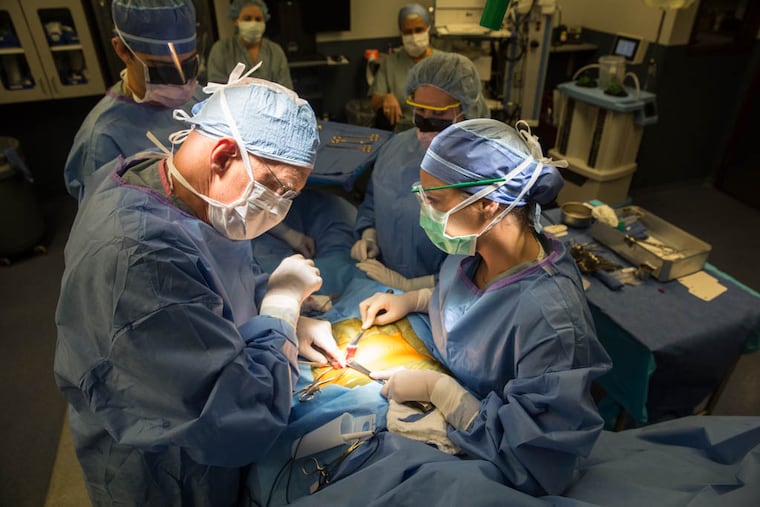The Eagles’ DeSean Jackson has a core muscle injury. What might that mean?
William C. Meyers, founder of Philadelphia's Vincera Institute and a pioneer in the diagnosis and treatment of core injuries, talks about his new book and the latest breakthroughs in his field.
